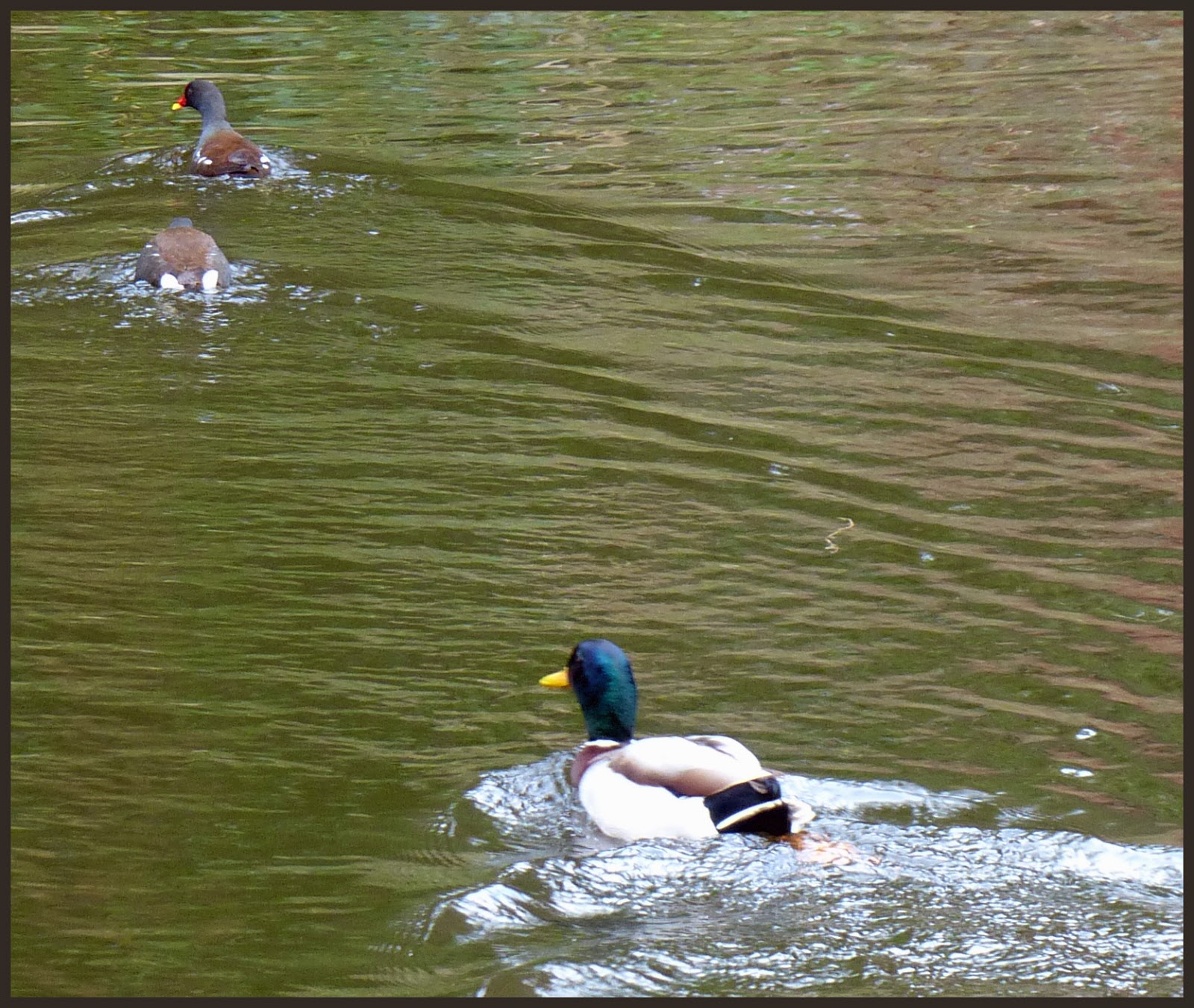More recently in 2010, as faithful followers may remember, I was thrilled to see a Loggerhead Turtle (Caretta caretta) swimming a few metres from the shore near Pylos in the Peloponnese. Do take a moment to read this fine turtle poem, The Lost Egg of Caretta caretta, by Lynn Woollacott on the Poetry Society pages.
 |
| Sea turtle near Pylos, Greece, 2010 |
I blogged a few days ago about the dubious storm sighting of a Penguin (probably a Guillemot) on the shore at Polkerris in Cornwall. And now, it seems, that two dead turtles have recently been found in Sussex. The one at Splash Point, Worthing, appears to have been a Loggerhead and was discovered a few days before Christmas. You can read about it here on Steve Savage's blog. The more recent find (17 February) was a Kemp's Ridley Sea Turtle, the world's rarest sea turtle species, and it was found at Saltdean. There are photos over at The Nature Quest blog and a short news report from The Argus here.
A second Kemp's Ridley Sea Turtle was discovered on a beach I know well, Cefn Sidan Sands, near Llanelli in South Wales in mid-January 2014. These turtles from the Gulf of Mexico were close to extinction in the 1980s.
And if you encounter any marine turtles - alive or dead - on our UK beaches, do report them to the Marine Conservation Society.





































































